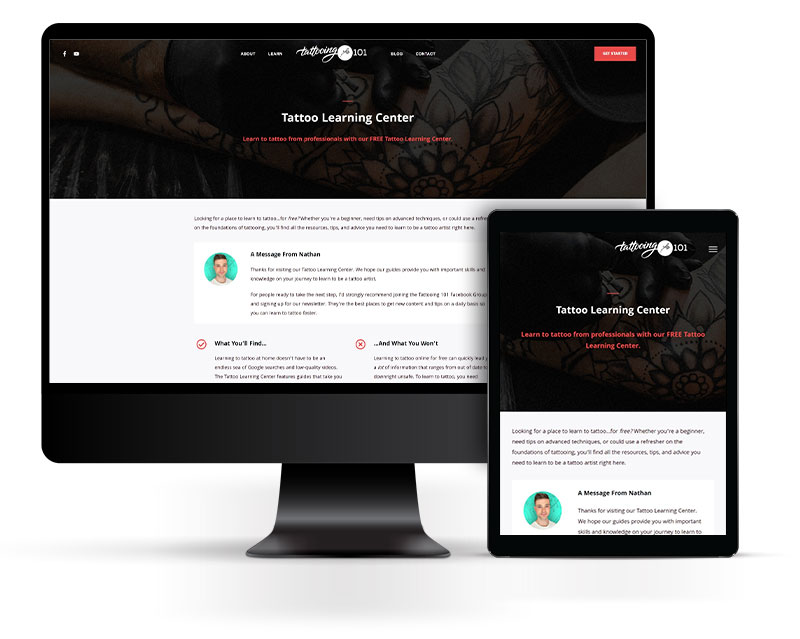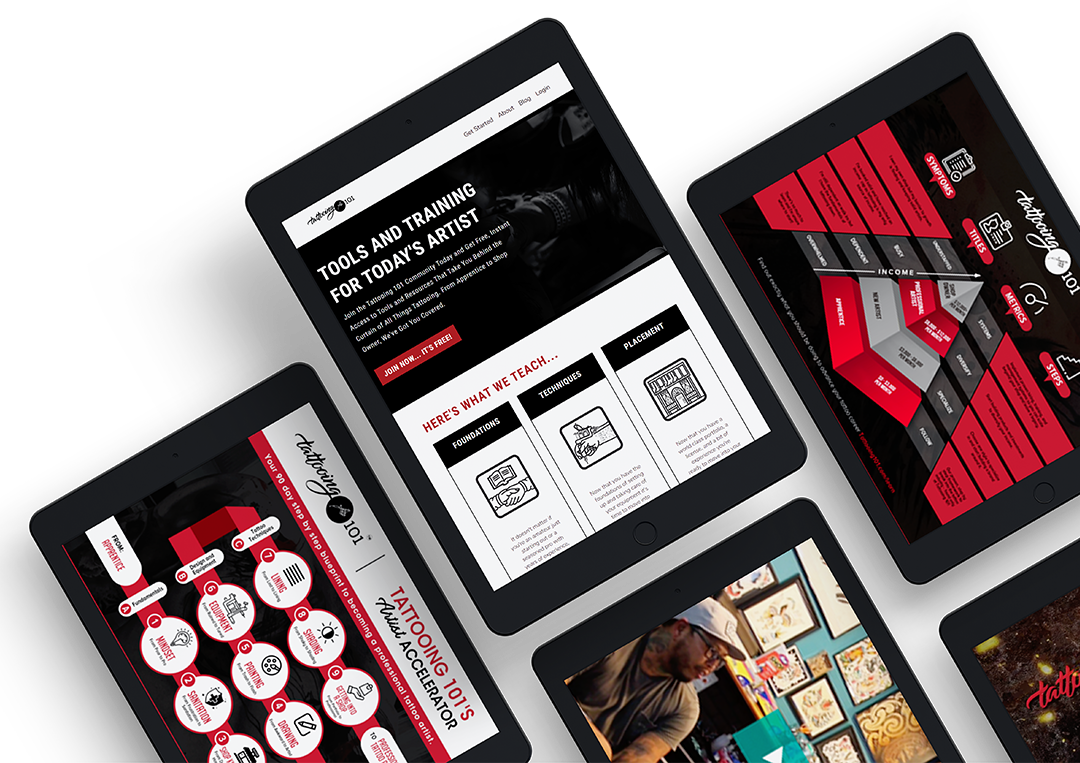One of the main reasons people give for getting tattoos is self-expression through body art.
Though tattoos are not often thought of as high fashion, this passion for self-expression connects the two worlds.
As a tattoo artist, it’s good to know about other industries in the art world, especially because tattoos are finding themselves featured more and more in mainstream fashion.
Here’s what we’ll cover in this article:
How Are Fashion and Body Art Connected?
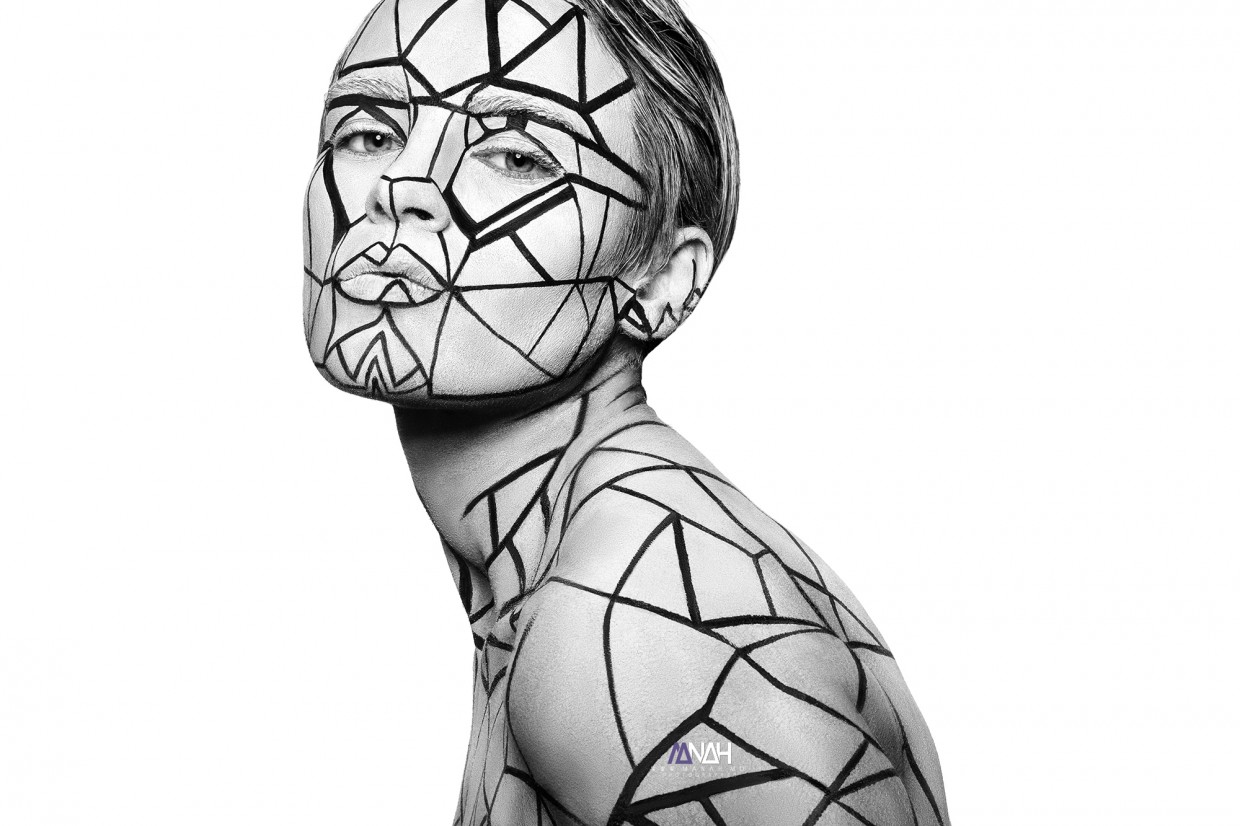
Piercings, body painting, tattoos, and other forms of body art have been used for a long time as ways to accentuate and individualize fashion and clothing. In fact, temporary tattoos are often used in the fashion world as an accessory to garments and clothing collections.
History of Tattoos and Fashion
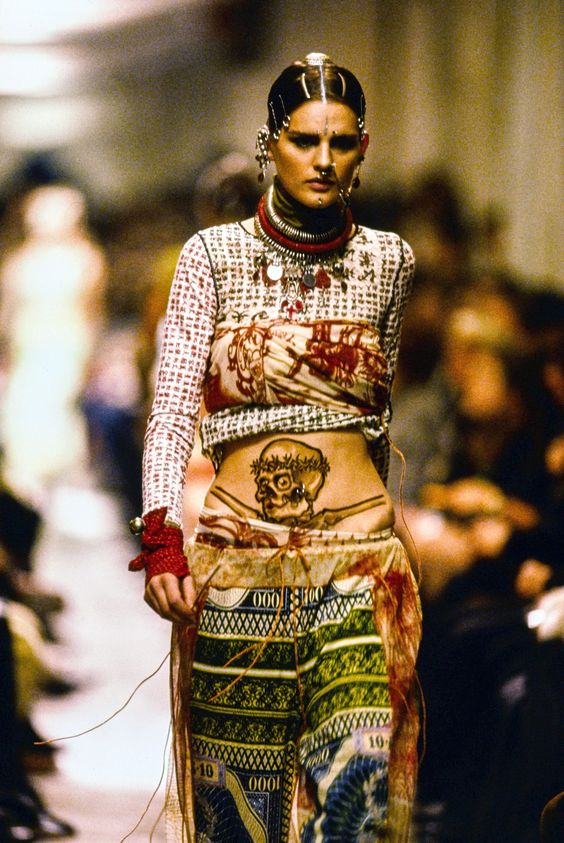
Though tattoos have an extremely long history dating back as far as 5000 BC, they have only recently been embraced by mainstream fashion. Models historically have had to be blank slates completely unmarked by tattoos and piercings in order to show off the clothes they’ve been hired to wear.
In the 1970s, when tattoos were still mostly associated with the “bad boy” image, designers became interested in adding tattoo art into their work. As models began wearing clothing inspired by tattoos on the runway, the industries started to embrace the natural combination of their aesthetics.
Fashion Designers and Tattoos
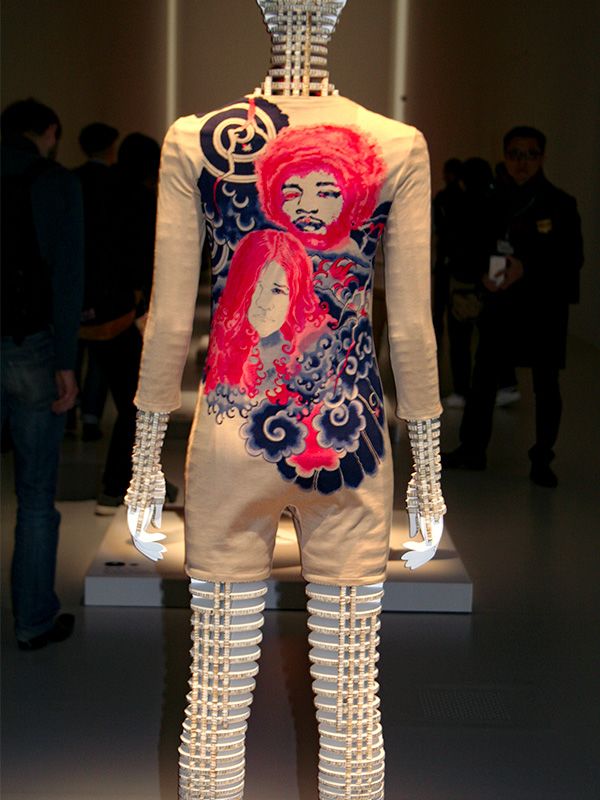
Over the past few decades, tattoo styles have been used more and more often as inspiration for clothing designers. Increased acceptance of tattoos and other body art have led designers to blend clothing and tattoos as a layered form of self-expression.
Issey Miyake
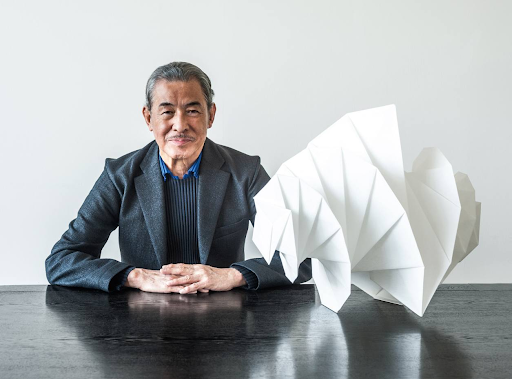
In 1971, Japanese artist and fashion designer Issey Miyake created a collection of skin-tone body suits that made it look like the model was inked with images of musicians like Janis Joplin and Jimi Hendrix.
Tattoos were illegal in Japan until shortly after the end of the second world war, and afterward, they were heavily associated with gang activity. Miyake’s work helped to not only bring tattoos into the clothing world, but to help decrease the stigma of tattooing in Japan.
Miyake is responsible for bringing fashion tattoos into the mainstream and challenging traditional fashion norms. His interest in making fashion inclusive and accessible to everyone led him to break the typical rules of high fashion culture.
Other Notable Designers
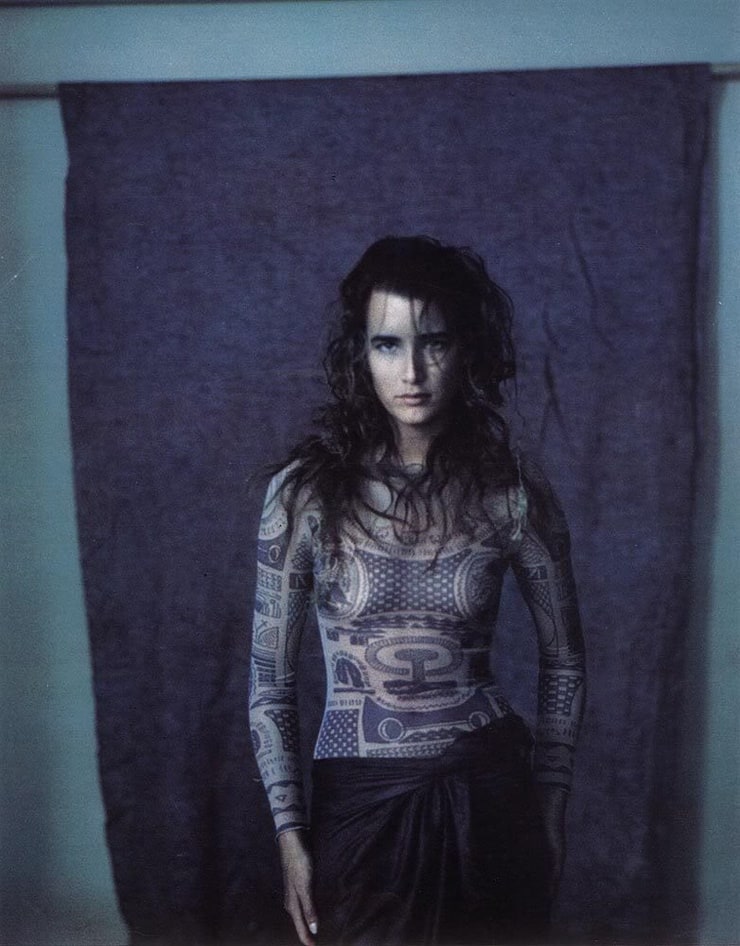
Since then, many other designers all over the world have wanted to follow in Miyake’s footsteps, including Jean Paul Gaultier and Martin Margiela.
Margiela, whose work is pictured above, released a collection in 1989 that was inspired by Sailor Jerry’s style of tattooing.
In 1994, Gaultier released a collection of garments that feature tattoos on sheer and flesh-colored fabric. Here is a look at his work:
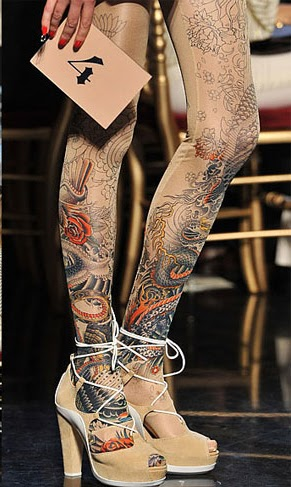
Making Fashion Accessible Through Tattoos
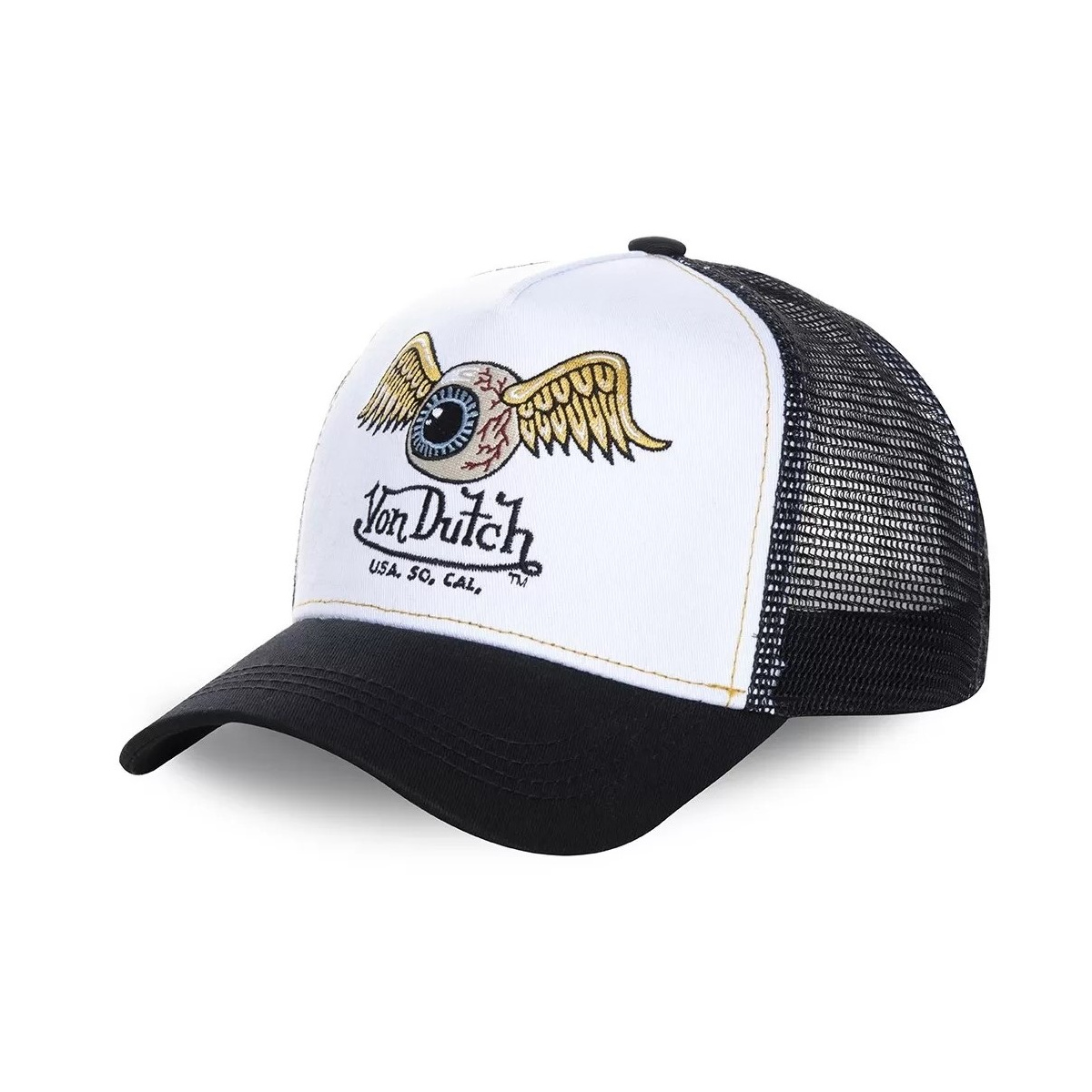
Once designers started bringing models wearing tattoo-inspired garments into the culture of high fashion, more widely accessible brands started to follow the trend.
When French designer Christian Audigier joined American brand Von Dutch, he introduced the label’s now famous “flying eye” tattoo motif into clothing items like hats and bomber jackets. The aesthetics of modern tattooing brought the brand back into prominence, and major artists like Britney Spears and Gwen Stefani began wearing Von Dutch.
In 2004, Audigier left Von Dutch and joined famous tattoo artist Ed Hardy’s fashion line. Audigier’s vision helped clothing labels move into the new millennium by embracing tattoos and artistic symbols.
Breaking Traditional Fashion Norms
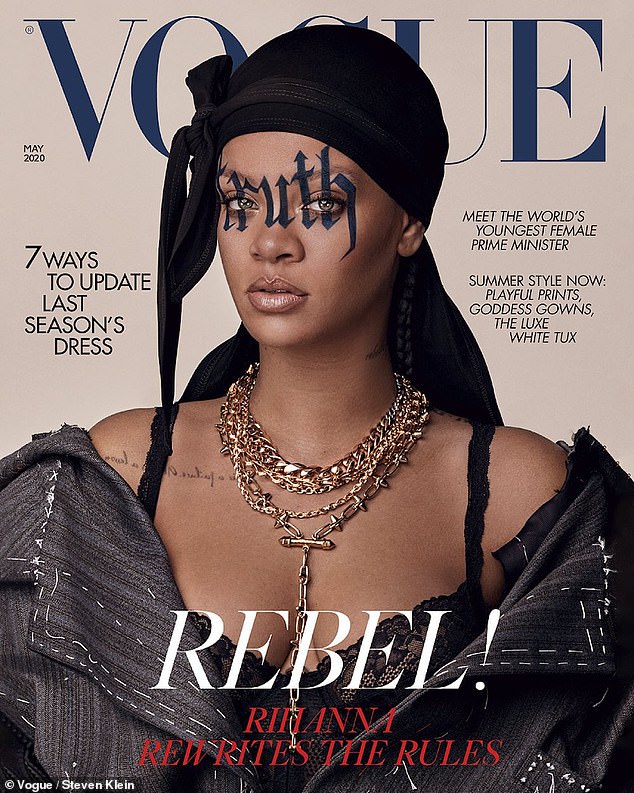
Though designers brought tattoo art into fashion and saw huge success on runways, it took much longer to get actual tattooed skin on magazine covers.
This started to change in the 2010s when celebrities like Rihanna, Lady Gaga, Katy Perry, Justin Bieber, and tons more were pictured on major magazine covers without having their tattoos covered up.
In 2019, British Vogue put Rihanna on the cover with a fake tattoo of the word “truth” across her face. The magazine also showed off one of RIhanna’s actual tattoos across her collarbone. This was also the first British Vogue cover to feature a woman wearing a durag. The combination of style choices on this magazine cover helped to create new norms for women on magazine covers
Tattoos and Current Fashion Trends
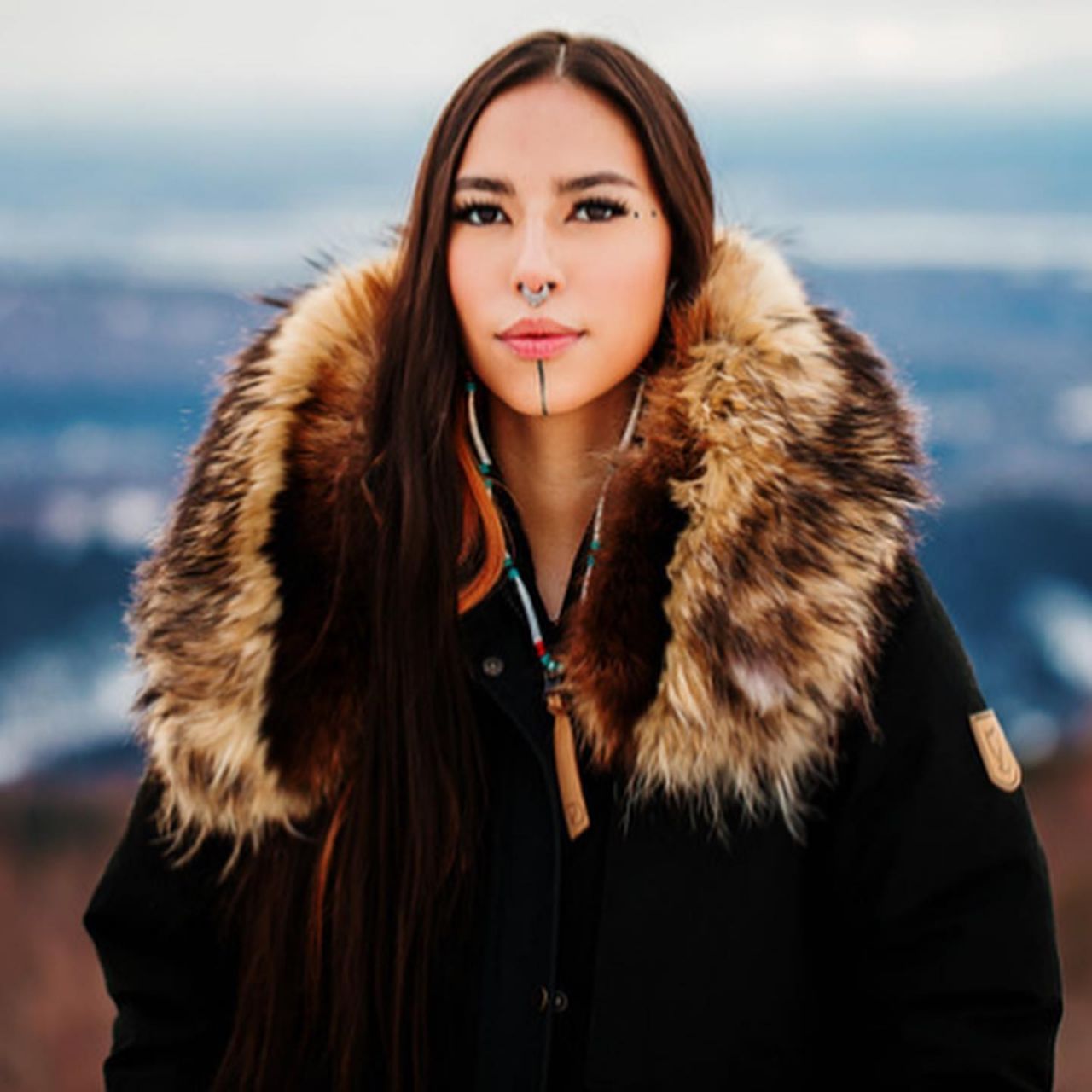
Tattoo-inspired clothing collections have continued into younger generations of fashion design.
As tattoos have broken into the fashion world, they have even made their way onto major magazine covers. This is a huge step toward global acceptance of the presence of tattoos in fashion culture and shows that the connection is something that will last for a while.
The fashion industry continues to capitiaize on tattoos, and makeup brands like Fenty and NYX are releasing lines of body paint that allow consumers to give themselves their own tattoos.
Tattoos are becoming more welcome on magazine covers and in clothing lines, but fashion models are still pushing to have their own tattoos embraced by their industry. Model Quannah Chasinghorse has made headlines in recent years by showing off her traditional face tattoo in her modeling work.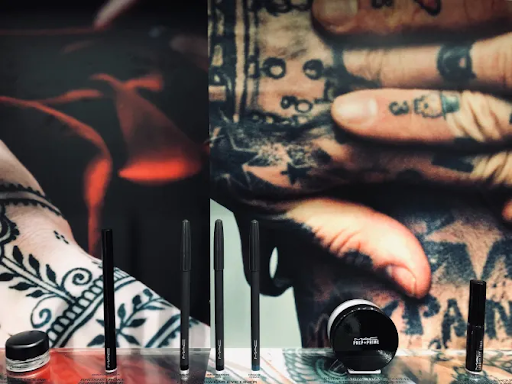
Tattooing has not only inspired clothing, but other kinds of wearable fashion as well. In 2019, cosmetic brand M.A.C and Japanese clothing label Comme des Garçons joined forces to create a tattoo-inspired beauty collection.
Rei Kawakubo, the head of design for Commes de Garçons, has long been fascinated with how tattoos can help a person express their sense of fashion and beauty. Kawakubo is intrigued by how black ink on skin fades into a gray-blue color over time, and used that interest to develop colors for collections of M.A.C makeup.
Gallery: Tattoos and Fashion
As tattoos are accepted more and more as a way to express oneself through fashion, they continue to be a source of inspiration for design collections. Check out the gallery below for a look at how designers have been using tattoos in their work.
Tattoo Art on Clothes
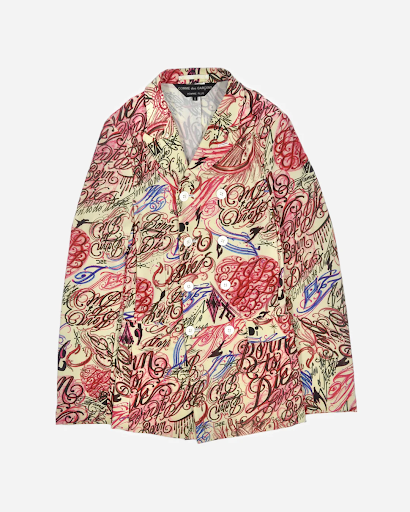
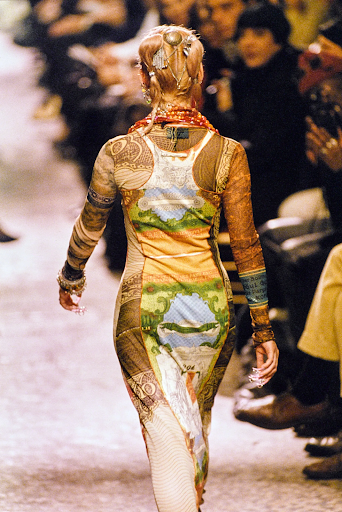
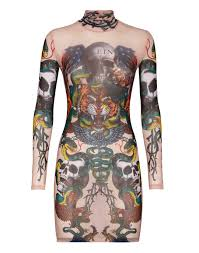
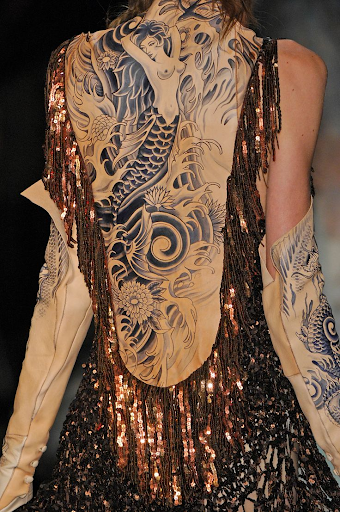
Tattooed Models
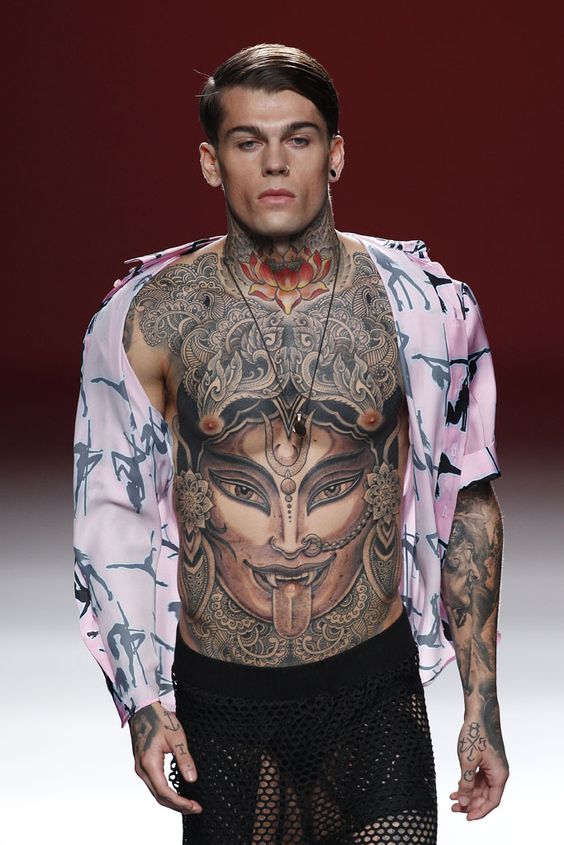
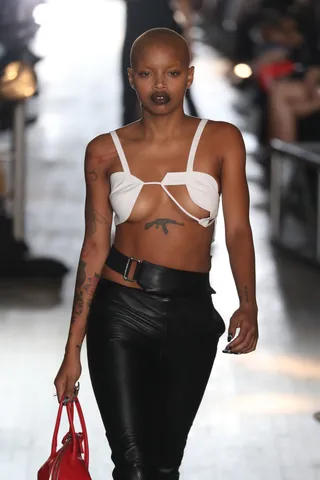
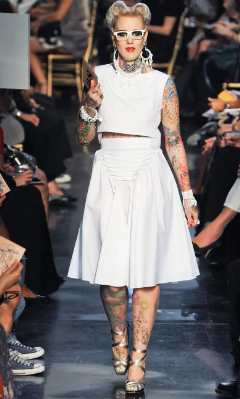
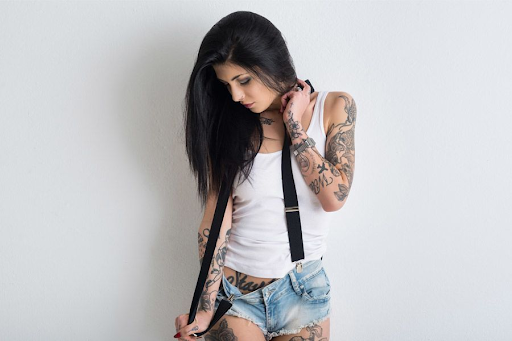
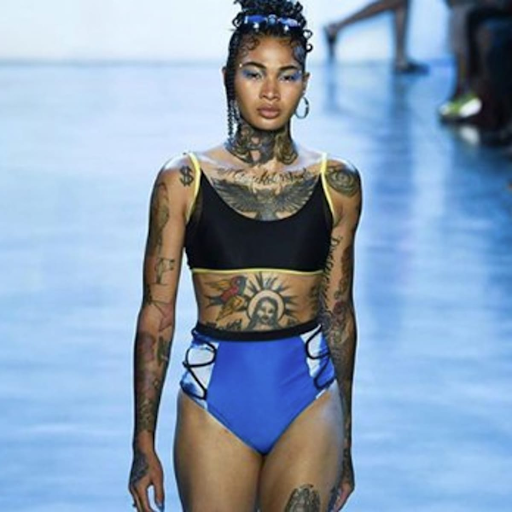
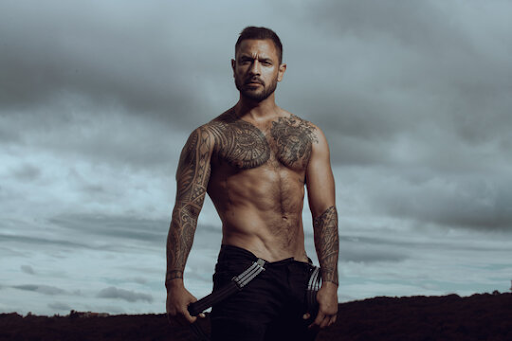
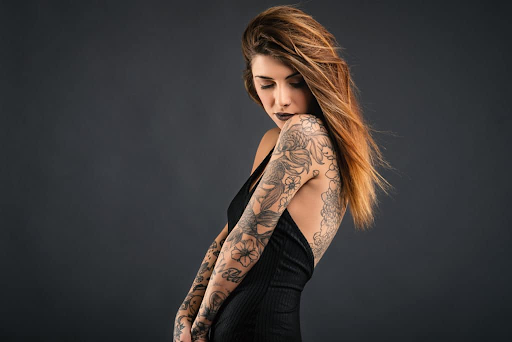
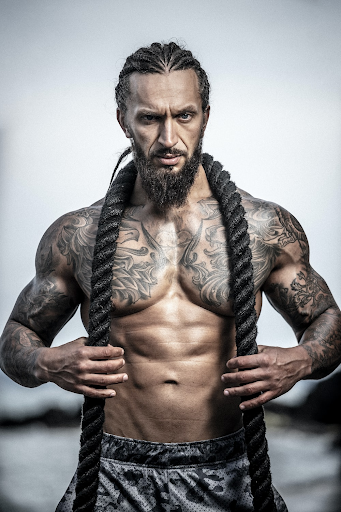
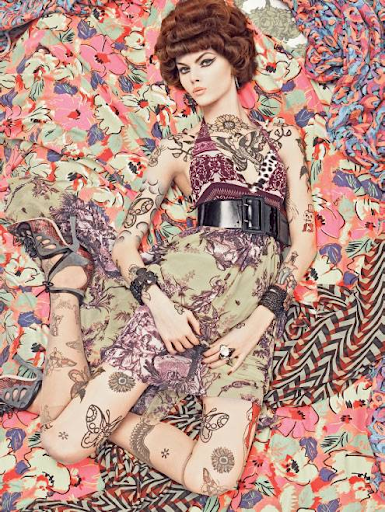
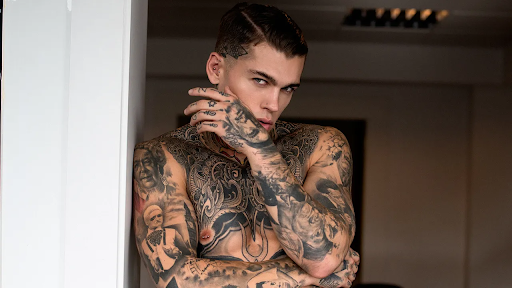

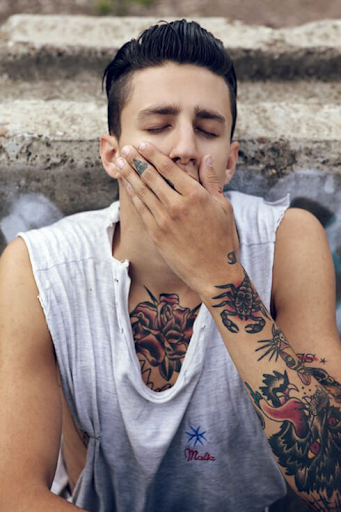
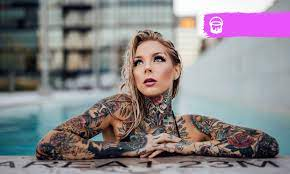
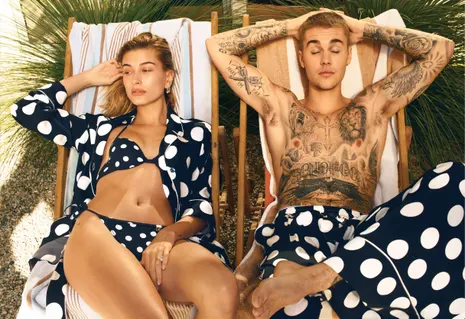
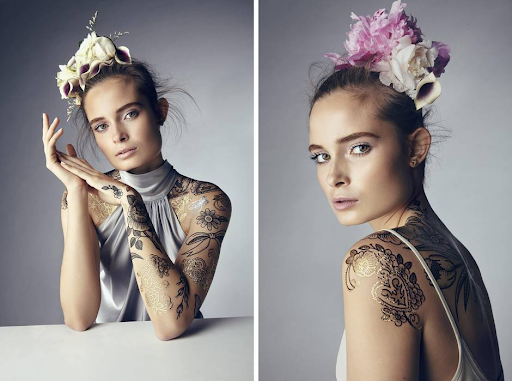
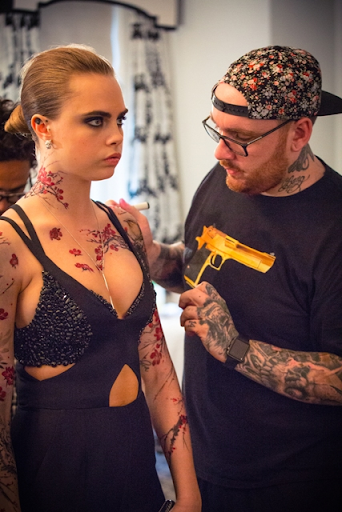
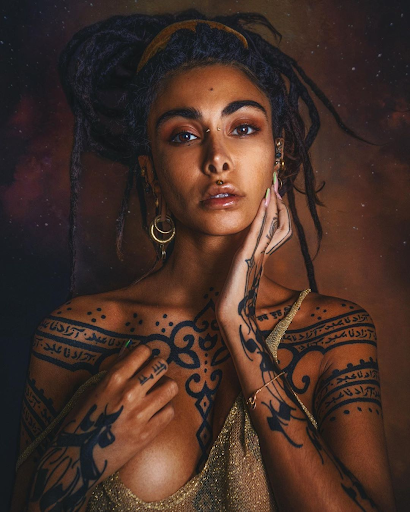
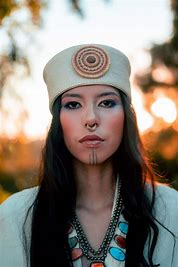
Von Dutch Clothing Items
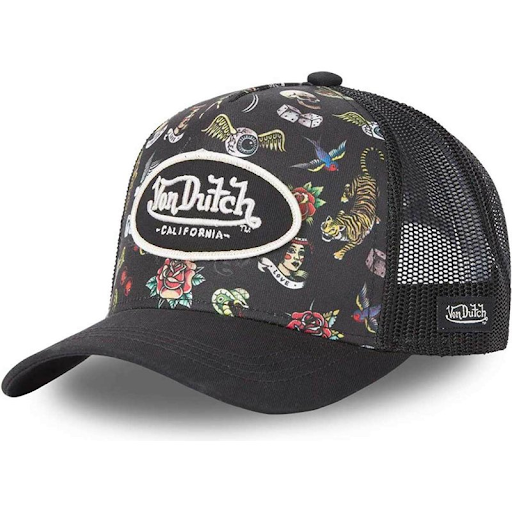
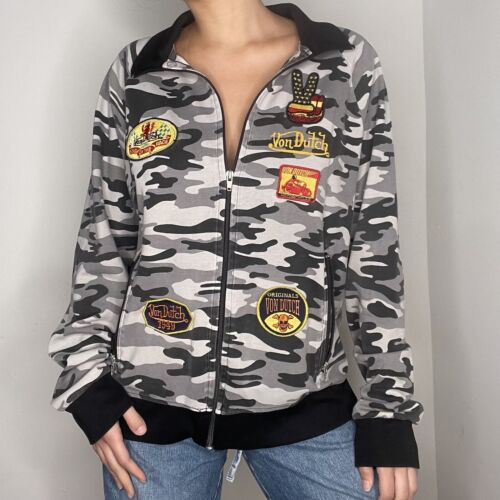
Miyake Collections
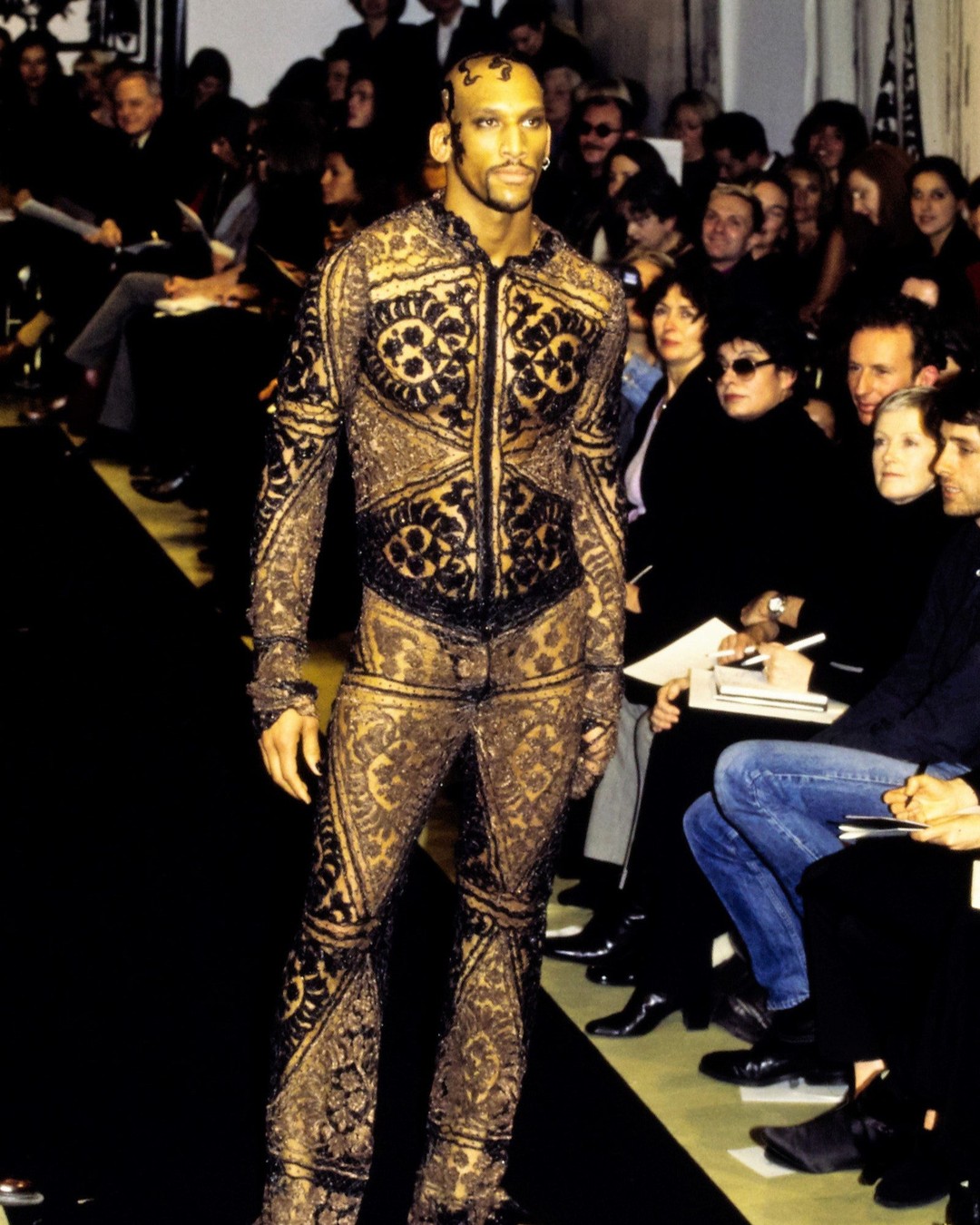
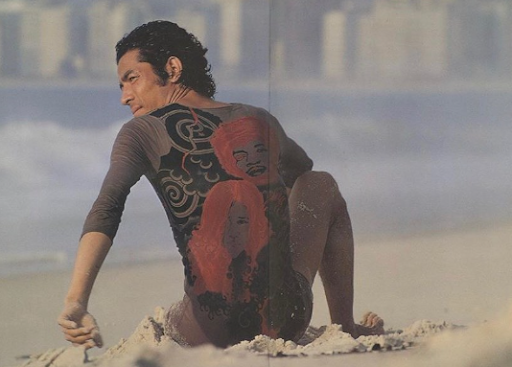

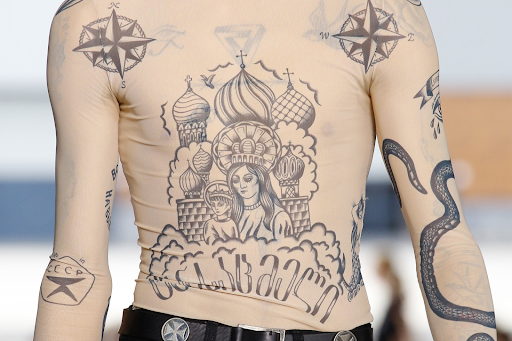
Tattoos Inspired by Fashion
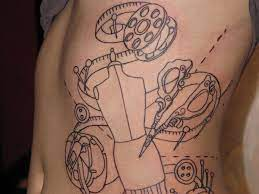
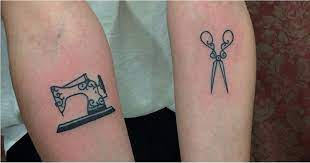
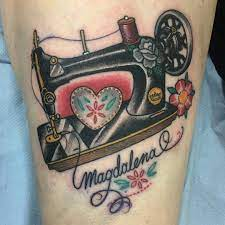
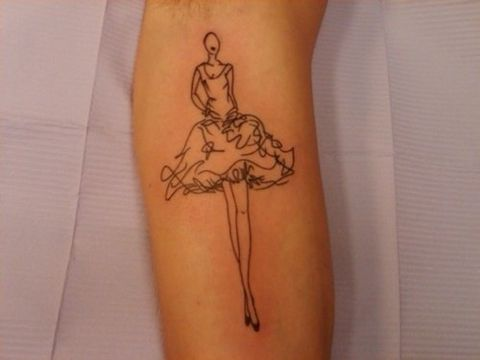
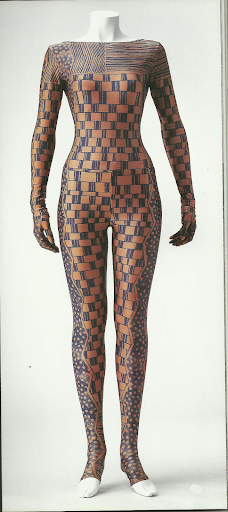
Prepare for a Tattooing Career with the Artist Accelerator Program
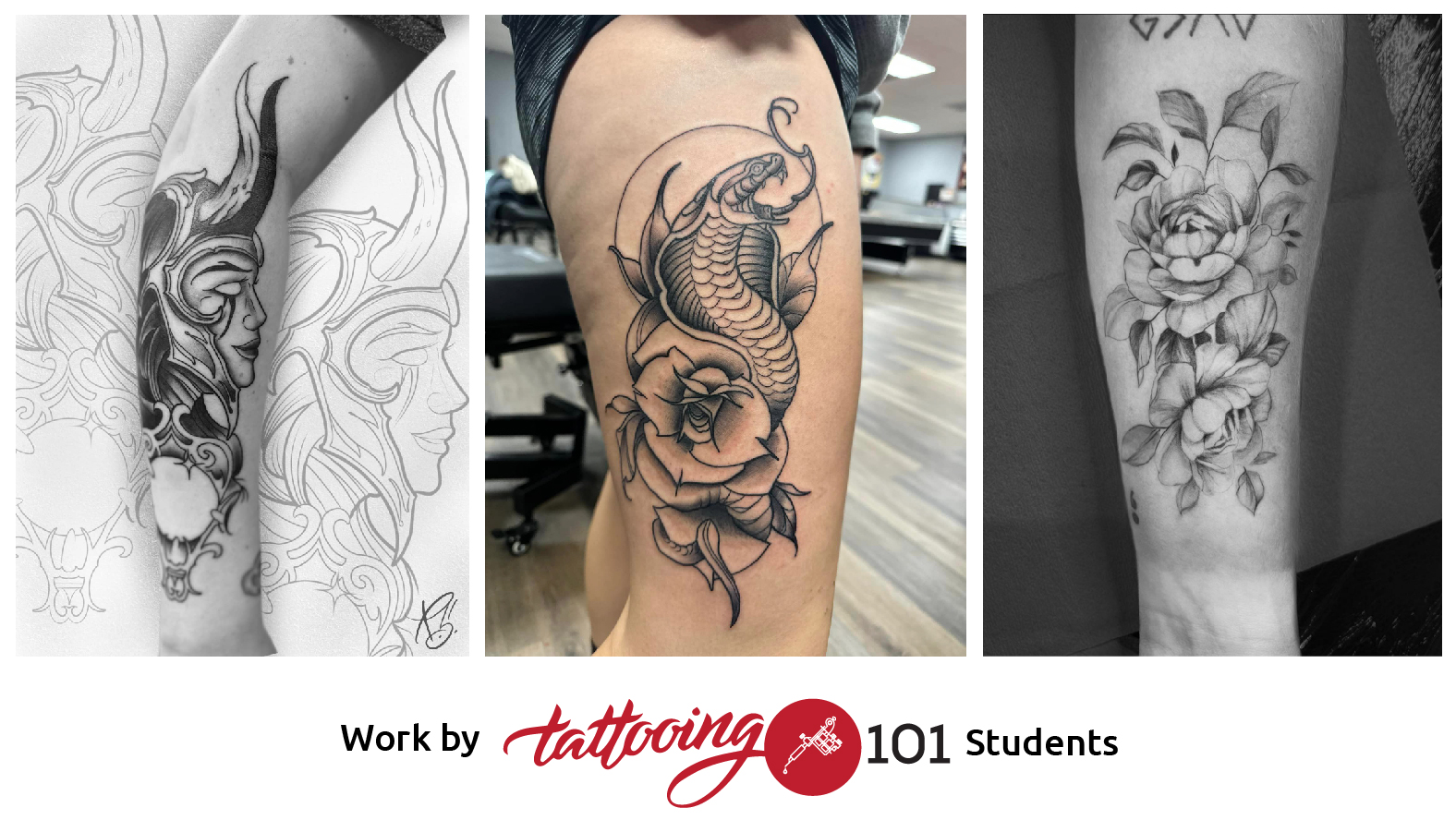
Understanding tattoo trends is an important step in your journey towards a tattoo career, but it can also be pretty eye-opening to how difficult tattooing can be. Without the right knowledge, it’s impossible to level up your skills as a professional tattoo artist.
However, finding the straight-forward information you need to progress is difficult. And with so much out there online, it’s hard to avoid picking up bad habits from incorrect and outdated resources.
This is one of the biggest struggles new tattooers face, and too many talented artists have given up their goal of getting into tattooing because of the years it would take to unlearn their bad habits.
That’s why aspiring artists are learning to tattoo with the Artist Accelerator Program’s structured course. As a student, you learn every step of the tattooing process from tattoo artists with the experience and advice you need for your tattoo career.
With the Artist Accelerator, you can stop wasting time searching through incorrect information. You just get the clear, easy-to-understand lessons you need to start improving fast… along with support and personalized feedback from professional artists in our online Mastermind group.
Over 2500 students have already gone through the course, with many of them opening up their own studios. If you want to join them and learn the skills you need to start tattooing full time faster…Click here to learn more about the Artist Accelerator Program.

